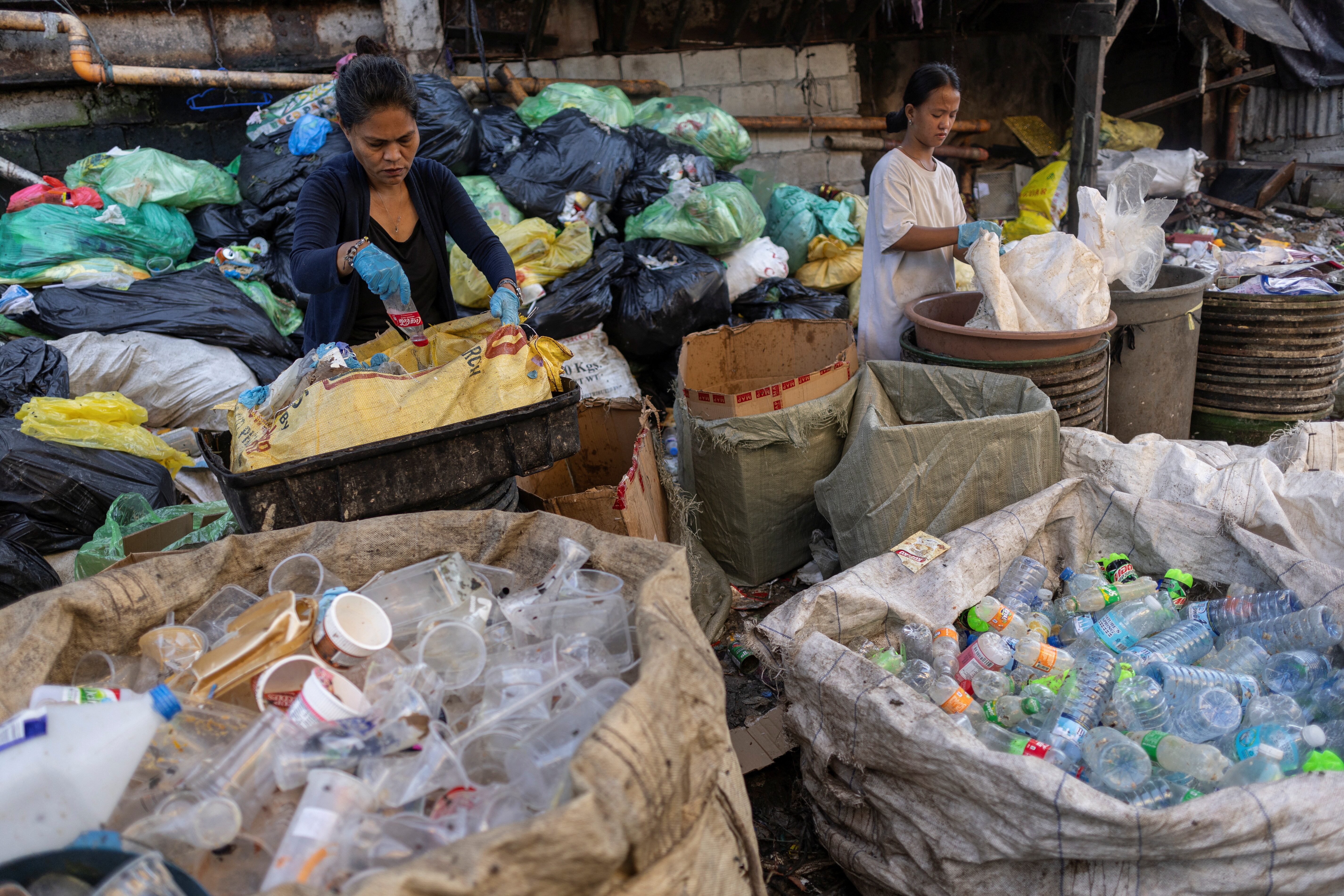How circular solutions can boost supply chain resilience and decarbonization

Moving towards a circular economy may help the planet's decarbonization efforts Image: Photo by Matt Seymour on Unsplash
Listen to the article
- Scope 3 emissions come from a company’s value chain, upstream and downstream.
- Circular economy approaches that decrease the dependence on raw materials, build collaboration to close loops and keep materials in use at the highest possible value are crucial to addressing Scope 3 emissions.
- Companies, innovators, government and financiers must come together to scale pilots to accelerate the transition to a circular and net-zero world.
COP27 is another crucial milestone in our race to a net-zero world. The past years were marked by companies focusing on addressing direct emissions from company-owned and controlled resources, as well as emissions related to the generation of purchased energy, steam, heat and cooling. In other words, emissions from activities at the firm level. These are Scope 1 and 2 emissions and reporting on these emissions has been commonplace for several years, mainly in response to mandatory reporting requirements.
The real emission production, however, lies in what’s called Scope 3, or emissions from a company’s broader value chain, upstream and downstream. While reporting on Scope 3 is more sporadic with limitations on data availability and materiality considerations that vary between different organizations, it’s where companies can guarantee significant emission reductions that will ensure they contribute to achieving the goals of the Paris Agreement and future-proof their business models. In line with this, the International Sustainability Standards Board announced that the climate reporting standard will now include mandatory reporting on Scope 3 emissions.
Crucial to addressing Scope 3 emissions are circular solutions. These decrease the dependence on raw materials, build collaboration to close loops and extend product life cycles and keep materials in use at the highest possible value for as long as possible. Companies are now starting to recognise the role of circular economy solutions to achieve supply chain resilience and address embedded carbon. Here are three ways companies and organizations implement circular solutions:
Enhancing material traceability and supply chain transparency
Knowledge is power - the more we know about how our supply chains work, the more focused approaches can be to close loops and concentrate on resilience. In the UK alone, 35% of consumers are more likely to trust companies that have transparent, accountable and socially and environmentally responsible supply chains. Supply chain transparency is necessary to not only report on and monitor Scope 3 emissions, but to make it easier to tackle these emissions, both upstream and downstream, to future-proof business models.
Assessing supply chains is less complex in some industries than in others. Textile market leaders, such as Patagonia, use systems mapping exercises to certify their suppliers, but also to make the consumer aware of where their materials come from. Even in supply chains where this is harder to realise, companies, such as Holcim, use due diligence mechanisms at the beginning of their supply chains to get a better understanding of the environmental and social impact of their cement.
Embracing the power of technology and innovation
The extraction and processing of resources is associated with approximately 50% of all global greenhouse gas emissions. That’s why a circular economy focuses on keeping raw materials in use at the highest possible level for as long as possible.
This requires companies heavily dependent on natural resources to rethink business models and use technology and innovation to minimise their material footprints. There’s an influx of new companies building circular business models and established companies rethinking how to build more sustainable brands.
In the mining industry, Anglo-American runs its FutureSmart Mining programme. This allows the company to target desired metals and minerals, delivering more than a 30% reduction in the use of water, energy and capital intensity; producing less waste in the journey towards carbon-neutral mining.
Another example is Nokia. It recently launched Circular, a subscription model that gives customers access to Nokia Devices, rewarding clients for holding on to their phones for longer and preventing them from going to landfill. Customers don’t own their phones, they lease them. They can trade it in for a new one, after maximising its life. With e-waste being the fastest-growing waste stream globally, innovations like these are crucial.
De-risking circularity by increasing investment
While there is a circularity surge across different industries to adapt business models, scaling these approaches requires a significant increase in investment. With more attention to the price volatility of natural resources and supply-chain failures, companies are faced with addressing the flaws in the linear production and consumption model, whether they are ready or not. The financial sector must follow suit.
The EU’s Circular Economy Action Plan lays the foundation to increase investment in circular approaches. Between 2016 and 2020, the EU put forward over €10 billion of public funding across programmes to stimulate innovation, strategic investments and small and medium-sized enterprise development. With a framework for implementation and updates to environmental and economic regulation, the EU is taking significant steps to build a stronger case for circularity.
What is the World Economic Forum doing about the circular economy?
While policy is critical, a key lever is rethinking our broader investment model. Circularity must become the norm. The Responsible Investment Benchmark Report for Australia points to an investment increase in the circular economy, waste management and zero waste from 4% in 2020, to 39% in 2021 in Australia. Blackrock, for instance, increased investment in circular economy solutions by creating a fund where at least 80% of its assets are invested in company shares that benefit from and/or contribute to the circular economy. Investment depends on a company’s rating, based on its ability to manage risks and opportunities associated with the circular economy and its ESG risk opportunity credentials.
It’s clear that addressing the climate crisis depends on us changing the way we look at our value chains. Collaborating across these to eliminate waste, address decarbonization and protect nature is the only way forward. Companies, innovators, government and financiers must come together to re-evaluate the risks of existing business models and enhance collaboration and scale pilots to accelerate the transition to a circular and net-zero world.
Don't miss any update on this topic
Create a free account and access your personalized content collection with our latest publications and analyses.
License and Republishing
World Economic Forum articles may be republished in accordance with the Creative Commons Attribution-NonCommercial-NoDerivatives 4.0 International Public License, and in accordance with our Terms of Use.
The views expressed in this article are those of the author alone and not the World Economic Forum.
Stay up to date:
Net Zero Carbon Cities
Forum Stories newsletter
Bringing you weekly curated insights and analysis on the global issues that matter.
More on Circular EconomySee all
Felipe Basso
November 13, 2025







